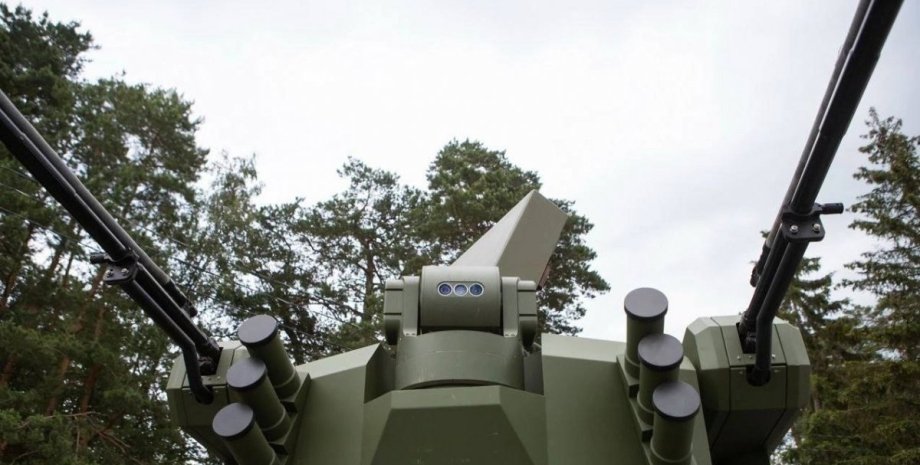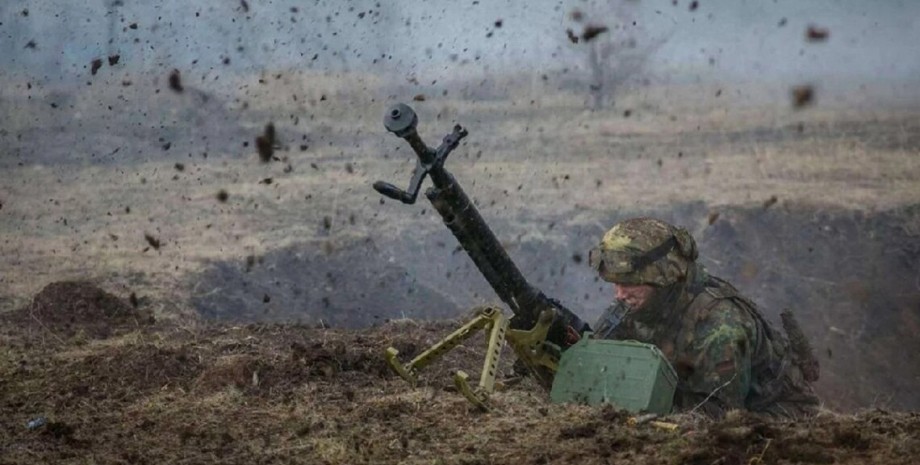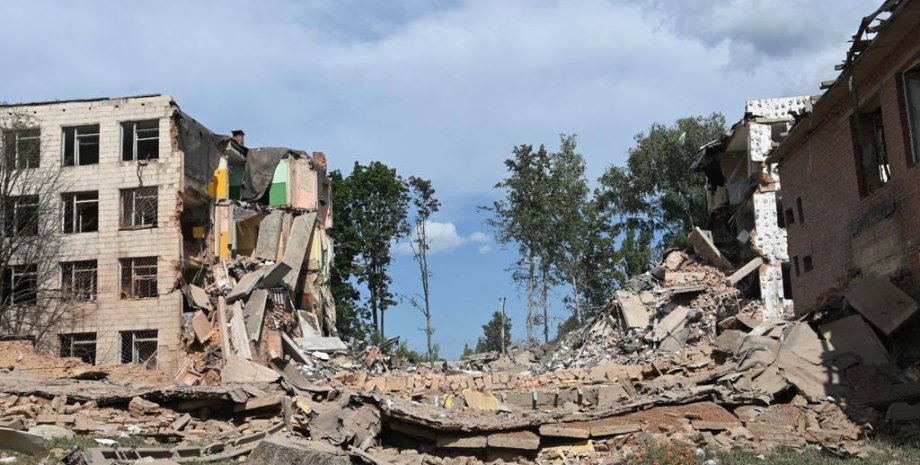
 By Victor Duda
By Victor Duda
At the same time, there was a version that a successful defeat of the Tupsin oil refinery was this application. What is so good this rocket and why it can become one of Ukraine's main arguments in the issue of its own defense capability - let's understand.
The need for the creation of a domestic anti-ship missile complex in Ukraine appeared immediately after the collapse of the USSR, since to protect maritime borders in the country at that time were mostly morally and technically outdated complexes "Rubiz" with the P-15M missiles. But despite the Ukrainian PCCC projects, none of them have been implemented.
In 2014, after Russia occupied the Crimea Peninsula, Ukraine lost outdated "borders" that remained in it in service, and it was then that it was decided to give the impetus to the Project "Neptune". He made it possible to create an anti -ship missile complex with a number of interesting features that we will talk about later as possible. The basis of the means of the defeat was the Soviet X-35 missile, which during the USSR has never completed the full cycle of tests and was not adopted.
But in general, as a base for a new rocket with a prospect of development and modernization, the choice was made correct, and later it was transformed into a R-360 rocket with very worthy characteristics. Initially, the rocket had a range of targets of 280 km, with a combat part of 150 kg and a flight height on a march area from 10 to 300 meters, but at the final from 3 meters - that is, the low height of the flight, which significantly complicated the possibility of intercepting this rocket.
This was a decisive factor in the combat use of the R-360 missile in real combat conditions, when Russian air defense agents (both ship and land) were helpless against a low-flying purposes. Today, there are several cases, officially confirmed and not quite, the use of the R-360 missile. First of all, it is the destruction on April 13, 2022 of the Russian missile cruiser "Moscow". It was struck by two R-360 missiles, which, including CPOs, including C-300F, were not able to intercept.
The cruiser was flooded. A year later, on August 23, 2023, the U-400 anti-aircraft missile system, which was located on Cape Tarkhankut in Crimea, was struck by modernized R-360 missiles. The C-400 battery was repeated on September 14 near Evpatoria.
And it was like a thunder in the clear sky! The peculiarity of these blows was that, first, the C-400 complexes were stated as capable of intercepting rockets at low altitudes, and secondly-teenage P-360 to Cape Tarkhankut passed above the terrain with complex relief and heights, which spoke about improving the rockets. In other words, it became clear that day that the C-400 has problems intercepting goals at low altitudes, and the P-360 has expanded its functionality significantly.
There was also information that the strikes on the landing ships "Konstantin Olshansky", "Azov", "Yamal" and the reconnaissance ship "Ivan Hurs" were also carried out by the R-360 missile. So, during its combat use, this rocket showed that it can successfully affect not only surface goals in the high seas, but also land, in complex relief conditions and in the presence of echelorated enemy air defense. And this was not surprising because of what prospects were laid in the rocket.
When only Neptune was presented, it caused a flurry of negative reviews and absolutely unjustified criticism. Moreover, many Ukrainian "experts" and their Russian "colleagues" joined the project. But if it was clear with the Russian harassment of "Neptune", because this complex was a direct competitor of the Russian BPRC "Bal-E", and later the wheel copy of the Ukrainian "Neptune"-BPRC "Rubizh-Me" on the chassis "KAMAZ" (8x8), then there are many questions about Ukrainian "experts".
In fact, at the start of the creation of the first Ukrainian anti -ship system, Ukrainian "experts" began to heat it, preventing it from improving and developing. Meanwhile, a very promising achievement has been put into the project. First of all, the R-360 had to become multifunctional in the question of carriers, namely-to start not only from the land launcher, but also to be maritime and aviation base.
The rocket was thinking (and we have already seen this realization) as a highly effective means of defeat of marine goals, up to 5 thousand tons, as well as land. The advantage of the rocket was to be the possibility of breaking the enemy's enemy air defense, despite its permeable speed, which we have already watched with you. But in the further development of the program itself, it was necessary to increase the flight range to 500 kilometers or more.
And, given the words of the President of Ukraine, these characteristics of the rocket were achieved. Not surprisingly, one of the reasons why the Russians tried to press the project as much as possible by 2022, was that they feared this missile not only as a competitor in the arms market, but also as a means of the task of blowing their facilities.










All rights reserved IN-Ukraine.info - 2022